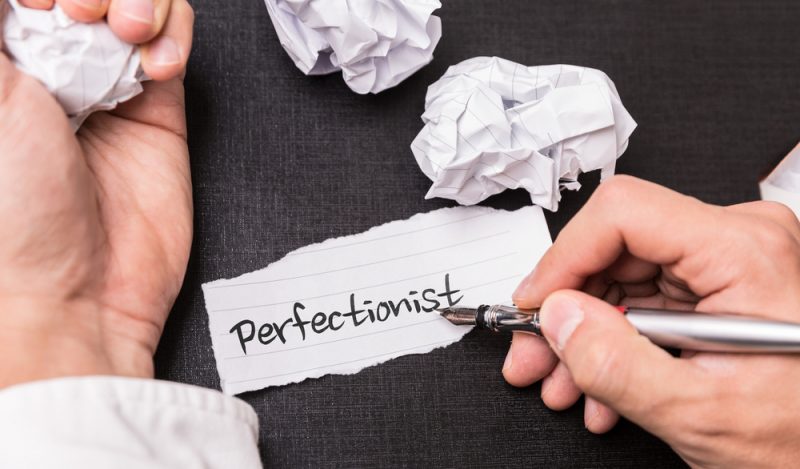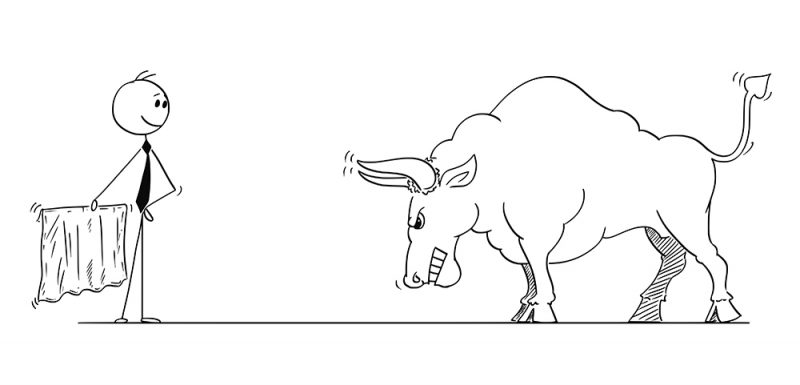Blog Short #56: Letting Go of Regrets
Welcome to Monday Blog Shorts – ideas to make even Monday a good day! Every Monday, I share a short article with you about a strategy you can use, or new facts or info that informs you, or a new idea that inspires you. My wish is to give you something to think about in the week ahead. Let’s dig in!
 Photo by globalmoments, Courtesy of Stock Photo
Photo by globalmoments, Courtesy of Stock Photo
We all have regrets. Most of the time, we can let them go and move on, but there are those sticky regrets that keep coming up and hold us hostage. These are the ones we need some help to resolve.
There are two versions of this kind of regret that seem particularly difficult to reconcile:
- We caused harm to someone with our actions or behaved in a way that was destructive to either someone else or ourselves.
- We passed up an opportunity that, in retrospect, feels like a wrong turn in our lives that we can’t go back and recoup.
In both cases, the feeling is unresolved pain and lament. We feel like there’s no way to recover, and in the case of the first one, no mercy or forgiveness.
Regrets keep us in the past and inhibit our engagement in the present.
It helps to look at how we perpetuate this and, using that knowledge, how we can change that trajectory and make use of our regrets rather than let them hold us back.
Let’s start with the narratives we create.
Our Repetitive Narratives
Regrets continue to have life because we create repetitive narratives that confirm our stories about what happened and how we feel about it. Maybe you cheated on your spouse and lost your marriage, or you did something on the job that derailed your career. You might have always wanted to be a physician but instead got pregnant in your late teens and had to give up going to college.
Regrets stay alive because we repeat the stories in our heads. We elaborate and exaggerate. We spend a lot of time blaming ourselves or others or circumstances for why we feel the way we do now. Often we pile on self-loathing or self-hatred.
The Idealized Self
At the foundation level of our narratives is our attachment to an idealized view of who we are and who we should be. We all have an ego-ideal which is our composite concept of a good and worthy human being.
When we use our ego-ideal in a healthy way, we see it as something to strive for, and we take pleasure in working at it through a process of successes and failures and learned lessons.
When we use it in an unhealthy way, we hold ourselves to a perfect image and regret any deviations or mistakes along the way.
Regrets represent our resistance to the necessity of learning through errors and experiences of failure. We’re not perfect. Life is about growth and learning – not arriving.
We’re always a work in progress.
We are, by nature, developmental. This is a fundamental concept because it elucidates the ever-changing capacities we have as we age.
Your teen self doesn’t have the maturity and know-how that your 40-year-old self has, and your 40-year old self doesn’t have the emotional wisdom and appreciation of life’s gifts that your 70-year old self has.
This means it’s futile to beat yourself up for things you thought and did at earlier stages of development. You might wish you had made different choices, but regretting them by heaping on self-criticism and hatred or punishment just keeps you there.
You have to accept and embrace the reality that life is evolutionary and requires constant learning and adjustments as we move forward. It’s impossible to avoid making mistakes, and regrets are part of that, but they also present the opportunity to learn the lessons offered.
So this brings us to the third problem.
Avoidance of Engagement in the Present
As long as you keep yourself focused on past mistakes, you avoid fully engaging in the present. You become a victim of your narratives and wittingly or unwittingly tell yourself you can’t be happy, can’t move on, can’t succeed, and can’t get over what happened before.
Part of the problem is that you think that if you let go, you’re absolving yourself of guilt. If the regret is about someone you hurt, you feel you’re forgetting what you did and forgetting the pain you caused.
If you passed up an opportunity, you think you’re letting go of a dream that’s been a central part of your self-image, and therefore you’re caving to failure and accepting you’ll never be who you wanted to be.
The problem is that you can’t make use of opportunities you have now, or fully engage in relationships now, or live up to the responsibilities you have now if you’re living in your past narrative.
Here’s what you can do.
Consider your developmental age.
Recognize that you’re wiser now than you were then, and make use of what you’ve learned. Take the time to admit, review, and evaluate your mistake, and recognize the lesson or lessons learned. What can you take forward?
Forgive yourself.
This is the most important one. Forgiveness is a form of humility. It’s an acceptance that you aren’t perfect and will and do make mistakes. Here are some things you might try:
- If the regret has to do with harm you caused someone, then make amends. Do it in person if you can, and if not, then in your mind. Write it out, and tell them how sorry you are and why. As you write, visualize that person listening to you. Sometimes it helps to get a journal or notebook and keep your notes.
- If the regret is related to a missed opportunity, re-evaluate where you are right now and look at the positives of where you landed. What did you gain by taking a different direction? What have you learned? I wanted to study music in college but ended up doing something entirely different because circumstances presented themselves in such a way that prevented the direction I had in mind. In retrospect, it was the right path and has allowed me to do work I had not previously known I would love.
Move on.
Once you truly forgive yourself, then it’s time to move on. Take stock of where you are and where you’d like to go.
- How can you fully engage in your life?
- What are your responsibilities, and what can you do to meet them?
- What changes would you like to make?
The best way to absolve guilt is to repair and do better. That’s all we can do. We aren’t gods. We’re fallible human beings, but fortunately, one of our greatest capacities is to learn from mistakes. That’s where we should leave our regrets.
Have a wonderful week!
All my best,
Barbara








